Maintaining a property’s exterior is often thought of as a tedious annual job, but by staying on top of upkeep, you’ll enjoy a home that looks great and is protected against the elements. One of the best ways to shield your home is to invest in a high-quality exterior paint.
Why is exterior masonry paint important?
As the property exterior is the first thing visitors or potential buyers will notice about your home, good presentation is vital, helping to set the standard for the rest of the house.
One of the great things about today’s masonry paints is that they’re available in a huge variety of colours to suit any style of property – from traditional cottages to ultra-modern homes. You can even consider one-off feature walls that add a splash of personality to your home.
In many cases, your choice of finish will be totally down to your preference.
One of the best ways to check which colour is best for your project is to try a tester pot. Use these to paint a piece of card, then hold it up to the external wall in different light conditions so you can see what the paint will look like at different times of the day. Try it out in various areas to show the colour in shaded parts of your property, too.
Which masonry paint should I choose? Smooth or Textured?
With the right paint, you can protect your property and keep it looking good for longer. Today’s versions offer easy application so anyone can achieve smooth, even coverage.
When selecting your paint, look for products that are durable, dirt resistant and waterproof.
We stock both smooth and textured masonry paints at premium paints. We only supply durable, premium masonry paints.
There are two main types of masonry paint to choose from. If specified and applied correctly, both will last many years (some even come with a 5-15 year guarantee).
If you’re painting a large surface area, then a ‘Smooth’ version is likely to be your best option as it tends to be more economical for larger areas as good quality textured masonry paints tend to be slightly more expensive per litre. As the name suggests, smooth masonry paint willl have a smooth, creamy consistency that makes it quick and easy to apply and can be sprayed if required.
The alternative is ‘Fine Textured’ masonry paint, which is great when extra durability is required for areas that are exposed to harsh elements. Its formulation is also ideal for covering fine cracks in existing surfaces so if the surface is slightly "rough", it's probably a better option to go for this type.
What surfaces can I use masonry paint on?
Masonry paints are suitable for covering most types of facings, such as brick and render (including roughcast or pebbledash surfaces), as well as concrete, building blocks and existing emulsion or masonry painted surfaces.
You’ll usually need two coats of your new paint to ensure a nice, even coverage that will give an attractive, durable finish.

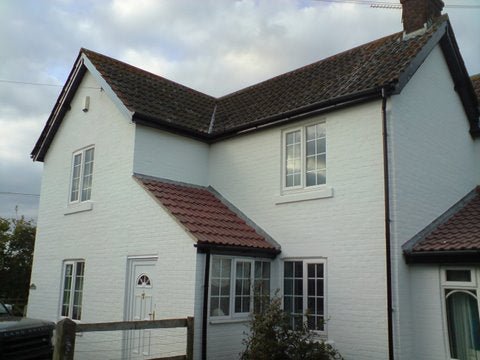

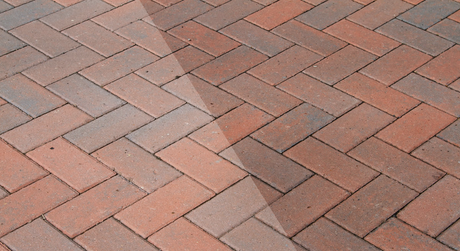
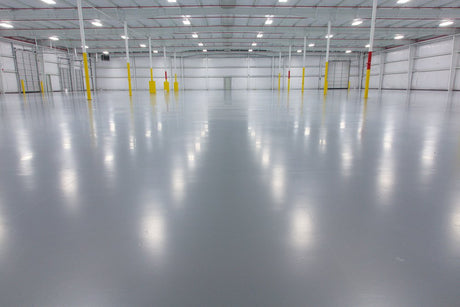
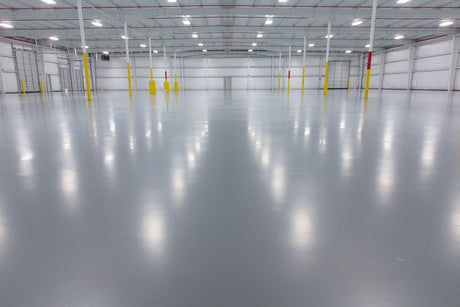
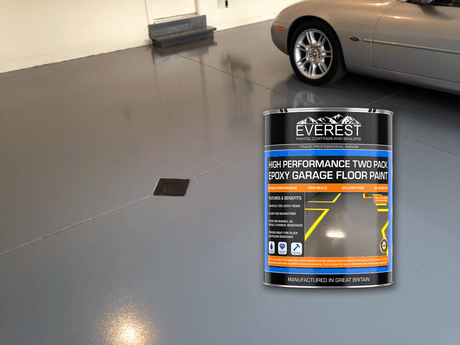
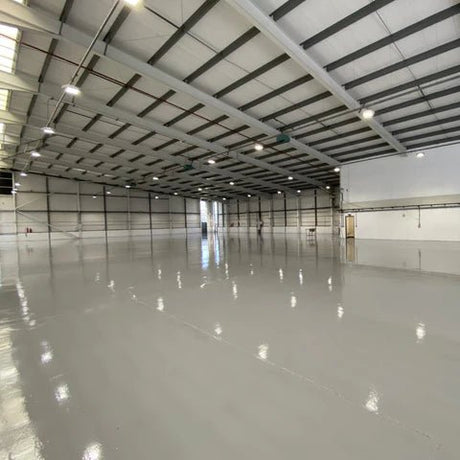
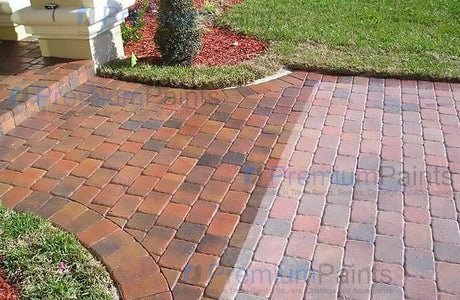
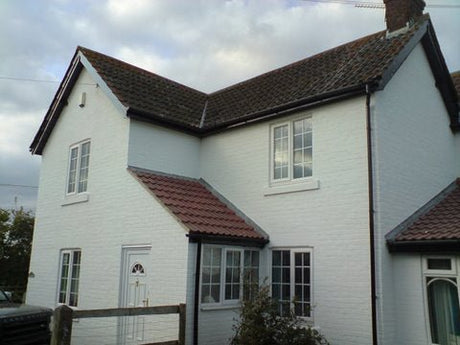
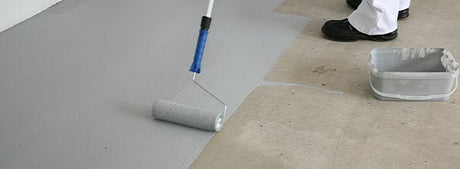
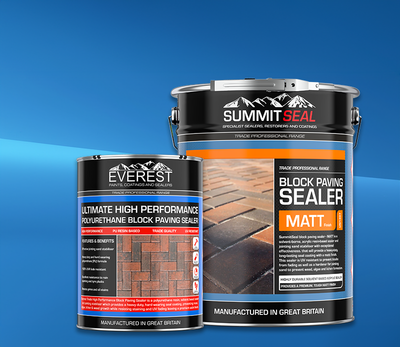
2 comments
Just ordered some of your Everest Trade PremTex masonry paint. Thanks for the advice.
Great, Seems like textured masonry is the way forward for me.